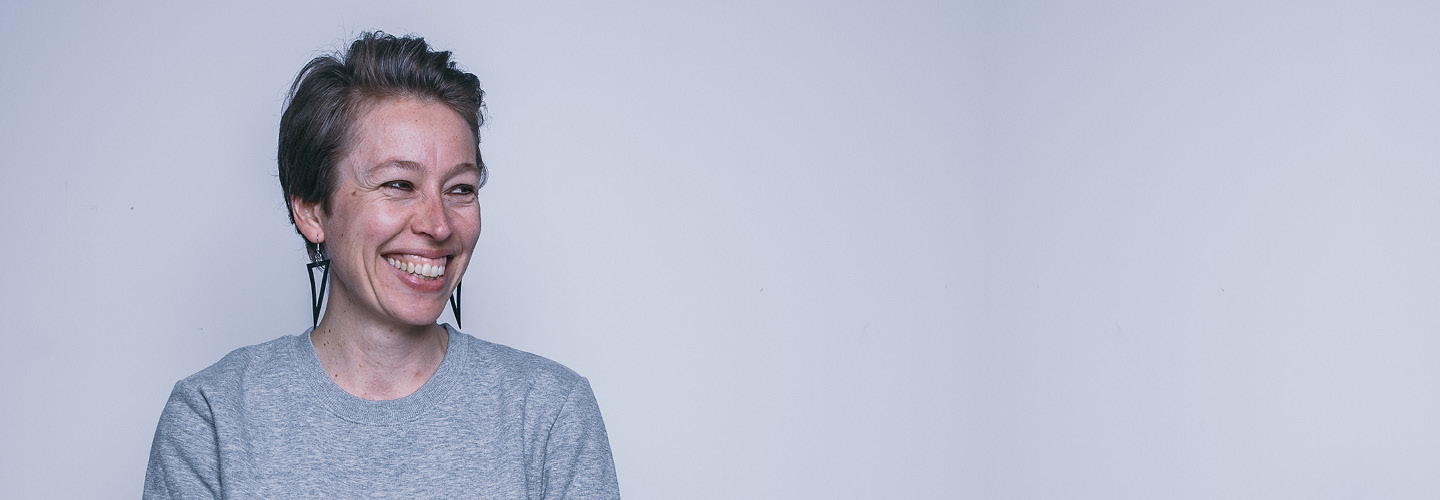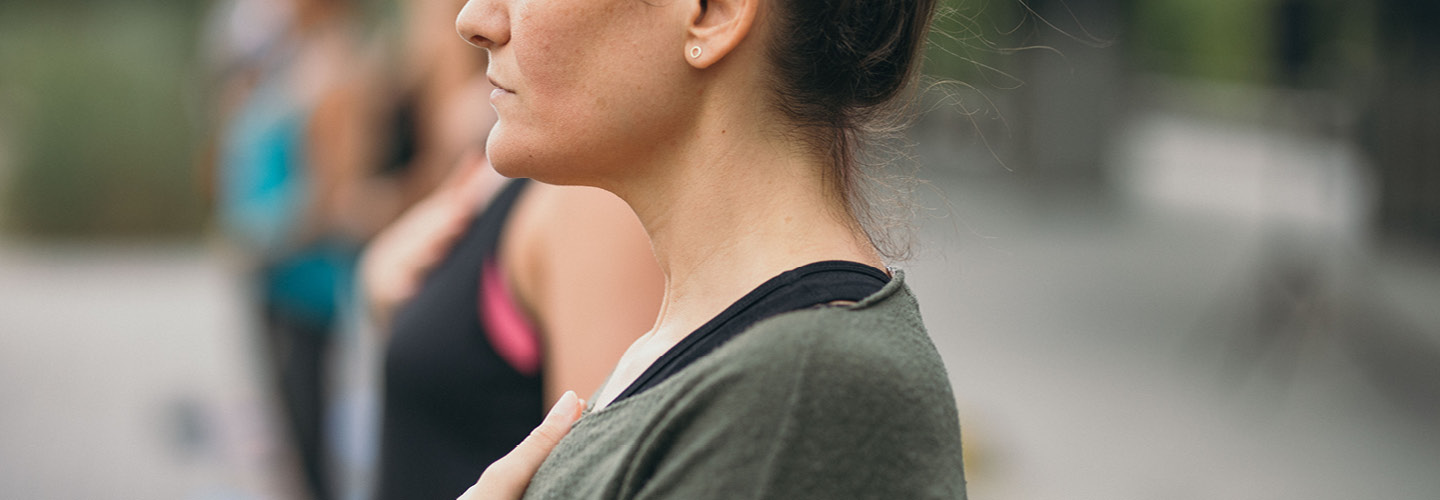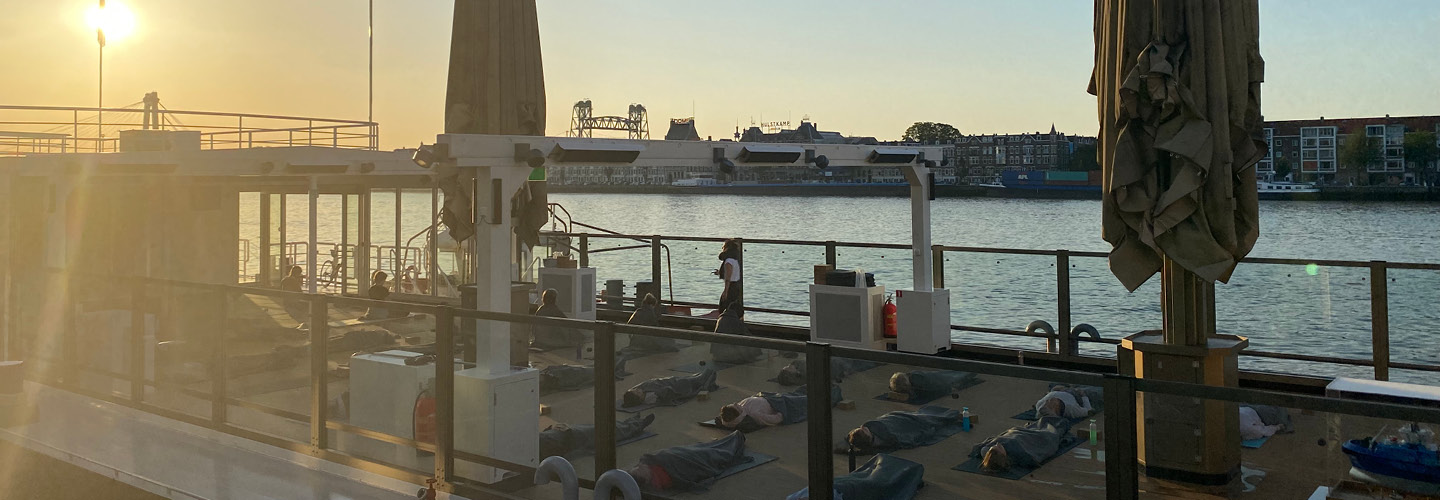
THE POWER OF BREATH
Take a deep breath in; expand the belly and rib cage, fill the lungs.
Now slowly, take a deep breath out, releasing with control.
Again, take a deep, slow breath in, and follow it with a smooth, steady breath out…
Even if you’ve only taken one yoga class in your whole life, you’ll have heard the teacher mention your breath. That’s because it’s one of the three main components that form a yoga practice – movement of the body, coordinated with movement of the breath, coordinated with stillness of the mind.
Back in the day (of yoga times), it wasn’t only physical movements that students learned; they also trained in pranayama, which, put simply, is the control of breath. Fundamental to the concept of yoga was, and still is, the aim of expanding and controlling the breath, or, as it was known back then, ‘life force’. Breath equals life, so why not learn how to expand, deepen and lengthen both breath and life? Sounds pretty logical to us!

breathing exercises
Pranayama exercises range from the simple and relaxing to the challenging and sweaty. You might do one at the beginning or end of your practice, or you may even go in for a whole class dedicated to breathing. It doesn’t require any equipment, you can do it wherever you are in the world, and it can leave you feeling as good as when you’ve moved for a whole hour. Come on, what’s not to love?
*Hit the button below to unlock 3 breathing techniques, explained by Camilla.

SCIENCE OF BREATHING
In the 5,000 years since yoga was created, the science world has woken up to the very real impact of controlled breathing on our psychophysiological state. ‘Contemplative neuroscience’ is the name given to researching the mind/brain/body during contemplative practices such as breathing, mindfulness and meditation.
One study from 2018 set out to review a selection of studies measuring the physiological benefits of slow breathing. While it identified inconsistencies and limitations in these previous studies, it also highlighted common findings:
- controlled breathing triggers our parasympathetic nervous system, leaving us feeling calmer, happier, more relaxed, even extending into feeling more able to tackle life’s challenges.
- our central nervous system is affected by controlled breathing, meaning increased alertness and energy levels, and decreased anxiety, depression, anger and confusion.
- nasal breathing, rather than mouth breathing, could be key in transmitting the benefits of slow breathing into a psychophysiological effect, thanks to specific receptors in the nasal passage that connect to the brain and moderate its activity.
More research is needed for a universally accepted conclusion on the precise what, how and why of controlled breathing, but we can still all agree that controlled breathing generally makes us feel good.
Why not try an app?
Breathe: relax & focus app is a great place to start, or try Calm or Headspace for (paid) apps that also include meditations and relaxations. James Nestor has written the best-selling Breath: The New Science of a Lost Art, and also has some helpful breathing technique videos on his website.

RISE UP! AWAKENING BREATH FLOW & FLEX
Learn about the power of breath and let this guide you through the whole session. Start with an re-energizing Flow, followed by movements from our Flex sequence. After that you’ll calm yourself down, end with awakening rhythmic breath exercises supported by music.
To let you experience all the benefits described above, we’re hosting the RiseUp! Awakening Breath Flow & Flex workshop on June 19. You don’t want to miss this immersive experience combining yoga, breathing and beats.
Did we mention it start at 05.30 AM and that Ketelbinkie Koffie is awaiting you at the end of the gangway when you finish?